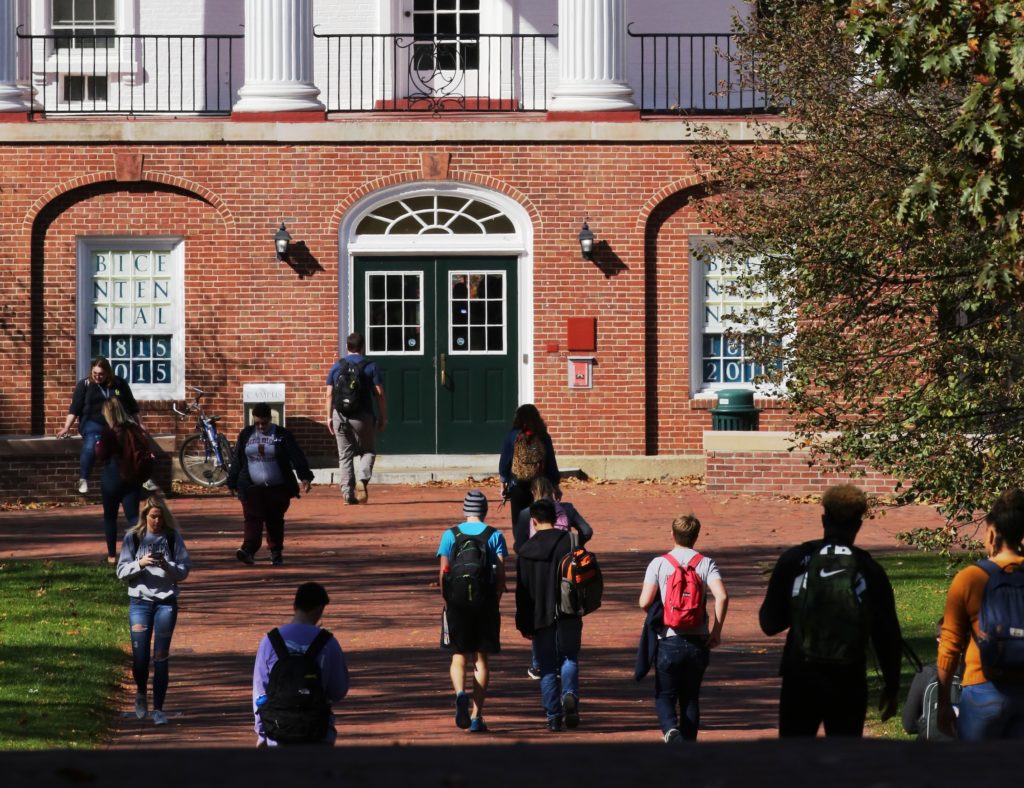Title: Policymakers Role in Expanding Prison Education Access
Authors: Jennifer Thomsen and Shytance Wren
Source: Education Commission of the States
A June 2025 report from the Education Commission of the States outlined ways in which state policy actors can expand access to prison education and therefore reduce likelihood for recidivism and incarceration costs.
Policymakers’ Role in Expanding Prison Education Access summarized findings from an 18-month long community of practice which included stakeholders representing state education policy leaders, leaders from corrections departments, higher education prison program directors, policy leaders, and researchers. The community of practice highlighted key barriers faced by incarcerated learners and produced policy suggestions to remediate these barriers to education.
Among the report’s key findings:
- Prison education is a cost-saving measure. Every one dollar spent on prison education saves four to five dollars in incarceration costs.
- Inefficient governance in prison education programs creates a lack of access for incarcerated learners and a lack of data for policymakers to improve programs. A key consideration in addressing this issue is to review what level of governance the best policies would come from (i.e.: from the governor by executive order).
- Access to financial aid is often limited for incarcerated individuals. One way to mitigate this barrier is to review existing state financial aid programs that prohibit incarcerated individuals from receiving aid.
- Inconsistency in access to student support prevents continued learning. A consideration for state leaders to address this inconsistency is to strengthen partnerships with community colleges and job training programs to ensure adequate reentry guidance for incarcerated learners.
The report concludes that expanding access to prison education is most efficient when state policymakers address governance, financial aid access, and student supports for incarcerated learners.
Read the full report here.
—Harper Davis
If you have any questions or comments about this blog post, please contact us.








